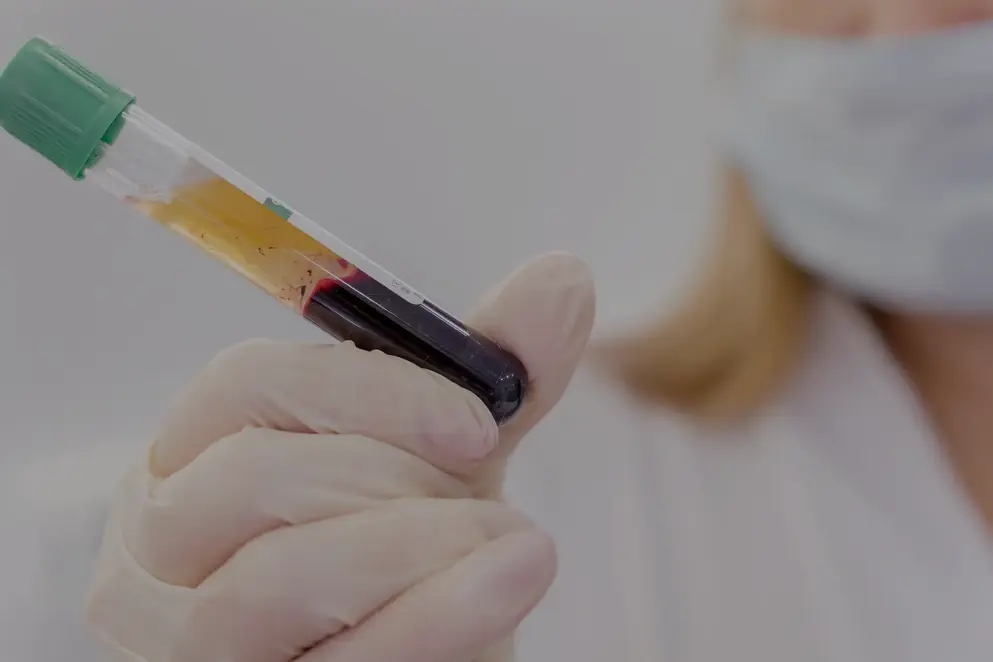New Phase III results for Revlimid in Myelodysplastic Syndromes-Celgene
Celgene Corporation announced results from an international Phase III study of Revlimid (lenalidomide) compared with placebo in patients with red-blood cell (RBC) transfusion dependent low-risk Myelodysplastic Syndromes (MDS) who were unresponsive or refractory to erythropoietin stimulating agents (ESA) and did not have a deletion 5q cytogenic abnormality. The study found that significantly more patients treated with lenalidomide achieved RBC-transfusion independence of at least 56 days compared with placebo (26.9% vs. 2.5%), the primary endpoint of the study. The majority of patients (90%) with transfusion independence responded within 16 weeks of treatment. For patients who became transfusion independent, the median duration of transfusion independence was 8.2 months (range 5.2-17.8). Additionally, transfusion independence of at least 168 days was reached in 17.5% of patients receiving lenalidomide compared with no patients receiving placebo. The incidence of AML progression (per 100 person-years) was 1.91 and 2.46 for lenalidomide and placebo patients, respectively. The follow-up period was not long enough to permit an overall survival comparison. Myelosuppression was the main adverse event. Grade 3–4 neutropenia occurred in 61.9% versus 12.7% in the lenalidomide and placebo groups, respectively, and grade 3–4 thrombocytopenia occurred in 35.6% versus 3.8% in the lenalidomide and placebo groups, respectively. The results were presented during the 56th American Society of Hematology (ASH) annual meeting.

